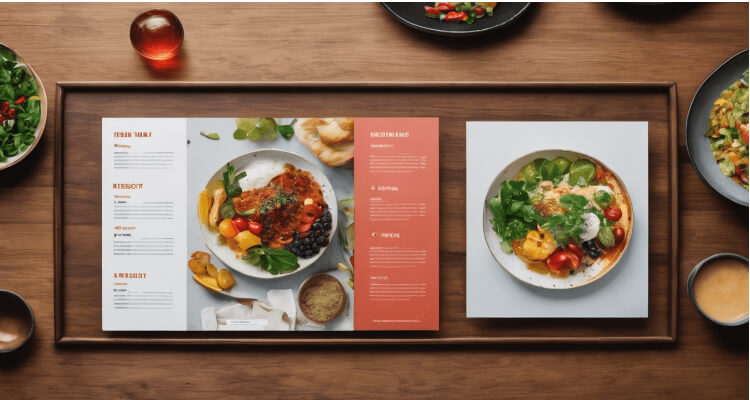In the ever-evolving landscape of business, where digital presence is paramount, the significance of branding cannot be overstated. One often overlooked aspect of branding is the consistent and impactful presentation of menus. This seemingly mundane component plays a pivotal role in shaping the customer’s perception of a brand. In this blog, we delve into the nuances of menu presentation, exploring how it can be a potent tool for brand identity and customer engagement.
The Power of Visual Consistency
1. Establishing a Distinctive Identity
A well-designed menu serves as a visual ambassador for your brand. It’s not just a list of items; it’s a canvas to showcase your unique identity. A menu template is instrumental in achieving this. Utilizing a consistent template across various platforms reinforces brand recognition. Customers should easily identify your brand through the visual language presented in your menus.
2. Reinforcing Brand Values
Menus are more than just a means of displaying products; they’re an extension of your brand’s personality. Incorporating brand colors, fonts, and imagery in menu templates reinforces brand values. Whether it’s a minimalist aesthetic or a vibrant, playful vibe, the menu should align with the overall brand narrative.
Crafting Engaging Content
1. Storytelling through Food Descriptions
Beyond visual consistency, the content of your menu plays a crucial role. Each item should tell a story, enticing the customer to experience it. Engaging descriptions not only create anticipation but also communicate the brand’s dedication to quality and creativity. A carefully crafted menu can turn a mundane item into a culinary adventure.
2. Highlighting Specials and Signature Food Dishes
Menus are dynamic; they aren’t set in stone. Regularly updating them with specials and highlighting signature dishes keeps the content fresh. It encourages repeat customers to explore new offerings while emphasizing the brand’s commitment to innovation and excellence.
The Role of Technology
1. Seamless Integration with Online Platforms
In an era dominated by digital interactions, your menu extends beyond the physical space. Seamless integration with online platforms is imperative. Ensure that the online menu mirrors the aesthetic of the physical version. Consistency across platforms enhances user experience and reinforces brand trust.
2. Responsive Design for Accessibility
With the prevalence of mobile devices, responsive design is non-negotiable. Your menu template should adapt effortlessly to various screen sizes. A seamless online experience reflects positively on your brand’s commitment to accessibility and modernity.
Navigating the Challenges
1. Balancing Innovation and Consistency
As your brand evolves, so should your menu. However, striking a balance between innovation and consistency is a delicate art. While it’s essential to introduce new elements, they should seamlessly integrate with the established visual language. Evolution should enhance, not dilute, your brand identity.
2. Adapting to Customer Feedback
Menus are not static; they should evolve based on customer feedback. Analyze trends, listen to your audience, and adapt accordingly. This not only demonstrates responsiveness but also fosters a sense of inclusivity, making customers feel heard and valued.
Leveraging Social Media for Amplification
1. Connecting with the Audience
In the age of social connectivity, leveraging platforms like Instagram, Facebook, and Twitter can exponentially amplify your brand’s reach. Share visually appealing snippets of your menu, and behind-the-scenes footage of the culinary process, and engage with your audience. Social media serves as a dynamic extension of your menu, creating a virtual space for brand enthusiasts.
2. Encouraging User-Generated Content
Empower your customers to become brand advocates by encouraging them to share their dining experiences on social media. User-generated content not only provides authentic testimonials but also widens your brand’s online footprint. Create dedicated hashtags and incentives to spark a community of loyal customers.
Conclusion
In the realm of business, where first impressions matter, menu presentation emerges as a silent yet influential brand ambassador. Consistency in visual elements, engaging content, adept use of technology, and strategic social media utilization collectively contribute to a memorable and impactful menu. As brands strive for differentiation, the menu becomes a canvas for storytelling and expression.
Read You Might Like:



